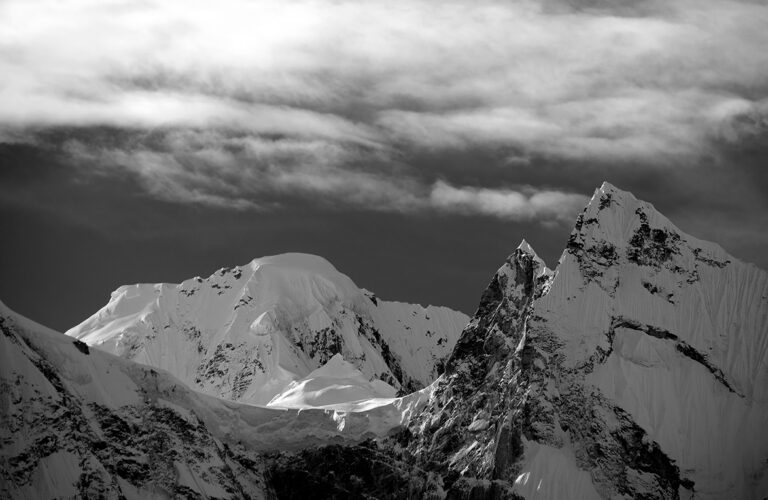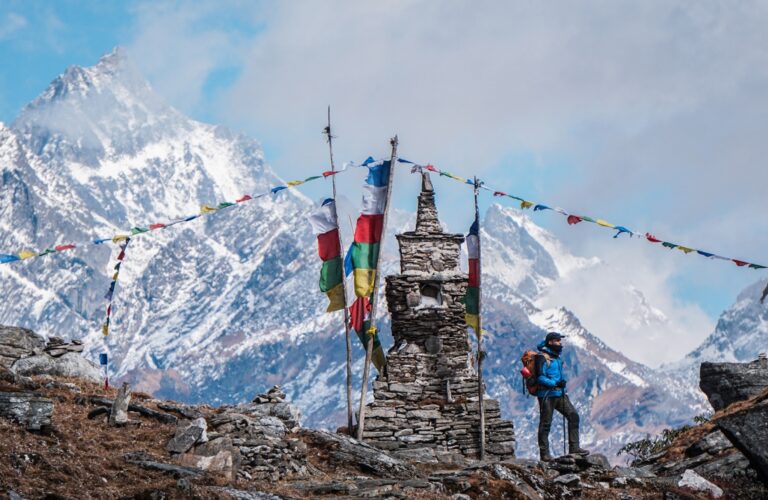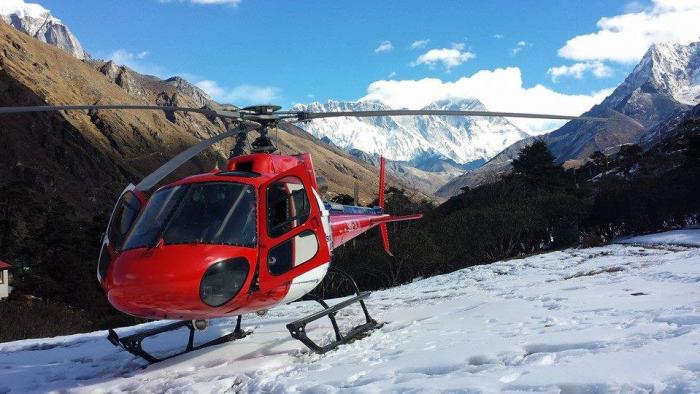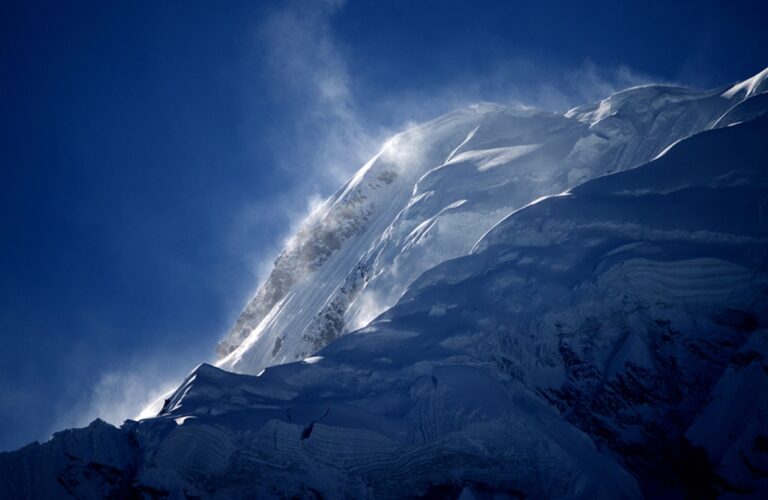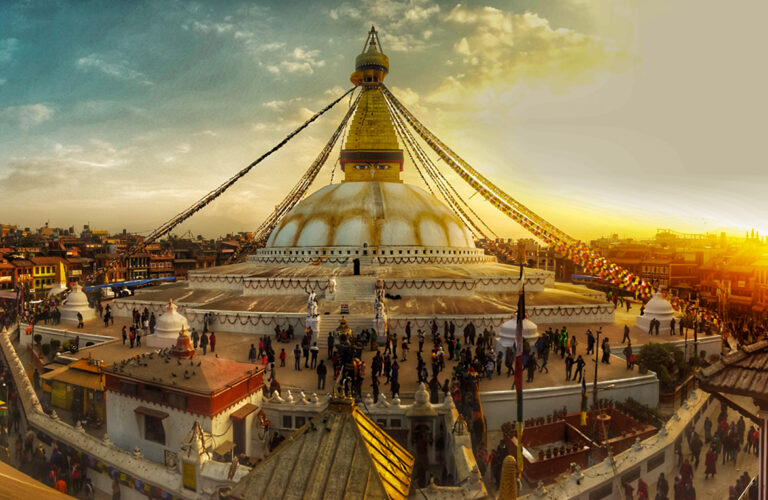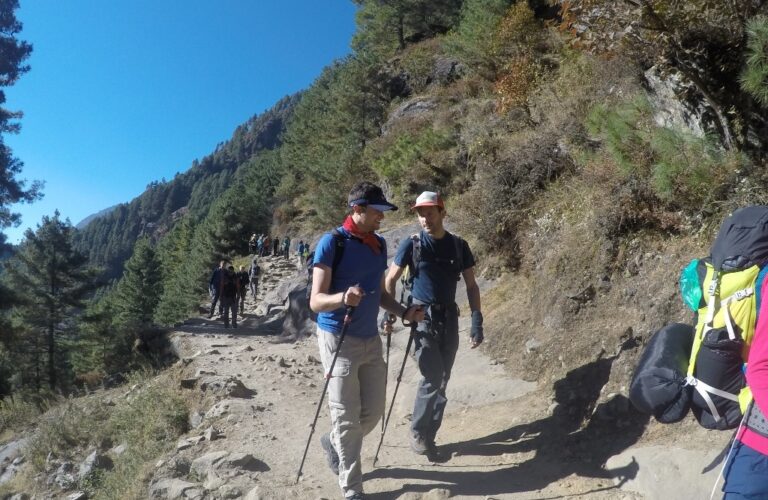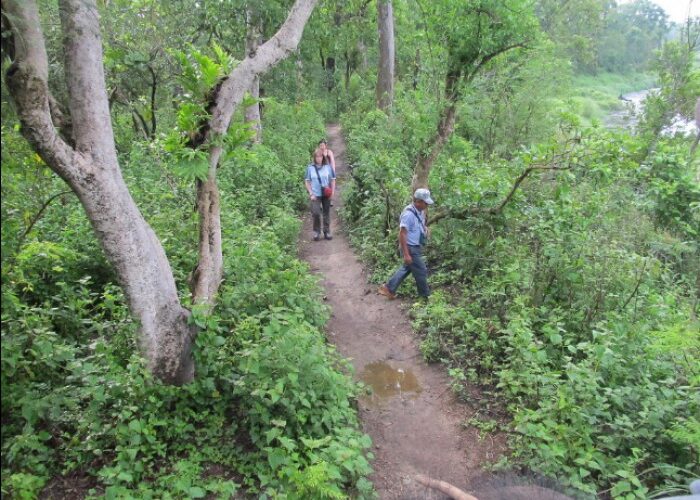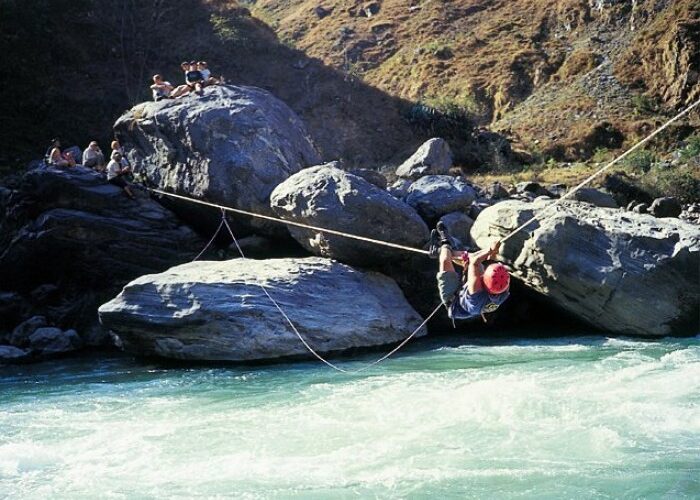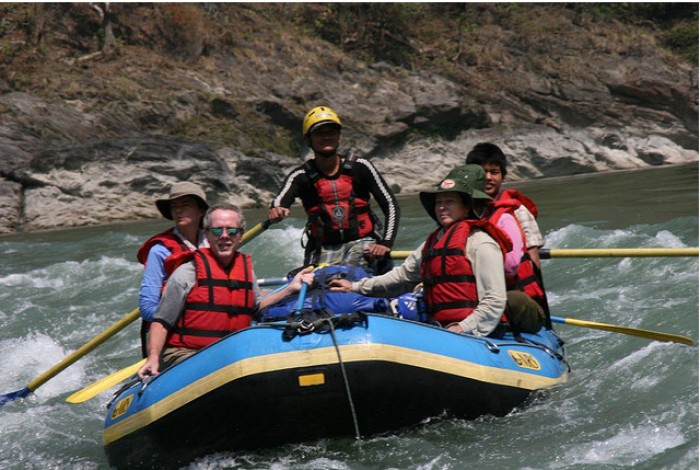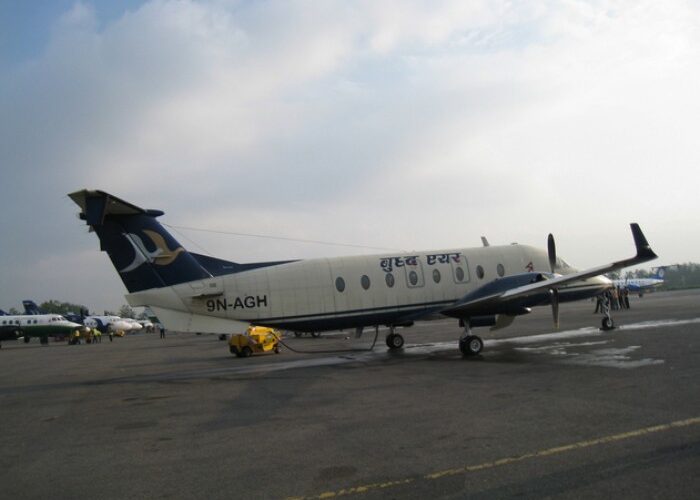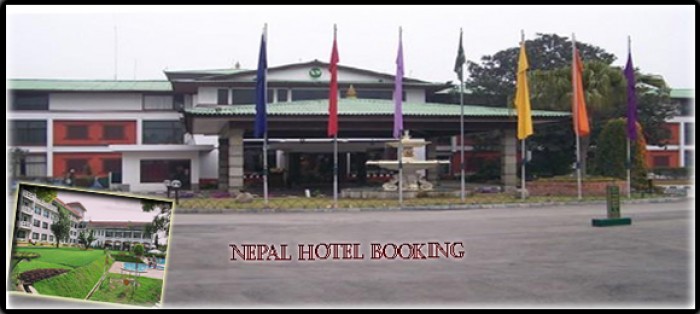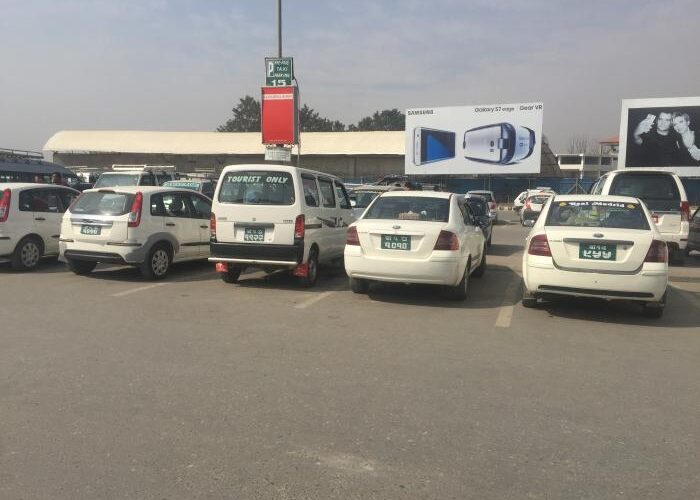
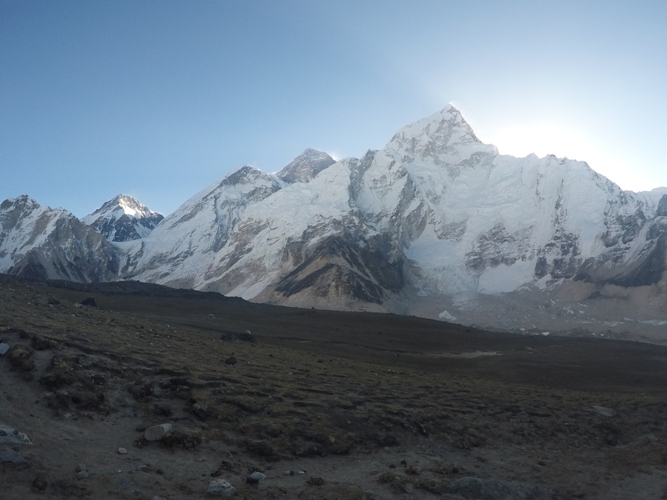
Nepal, Nepal Destination
Nepal, officially known as the Federal Democratic Republic of Nepal, is a small landlocked country in South Asia. It is primarily located in the Himalayas, but it also includes a portion of the Indo-Gangetic Plain. India forms its southern, eastern, and western borders, while Tibet Autonomous Region of China forms its northern boundary. Kathmandu is the capital city of Nepal and also serves as the largest city here. The national language of a multi-ethnic, multi-lingual, multi-religious, and multi-cultural country; Nepal is Nepali.
With its extensive history, intriguing art, and diverse and distinctive architecture, Nepal is one of the top tourist destinations in the world with several attractions. The huge diversity of the population, including their religion, language, and customs can easily draw any individuals to Nepal. The two most followed religions, Hinduism and Buddhism, are thus present with a broad array of gods and goddesses, temples, stupas, and monasteries that show how deeply the people here believe in their own traditions.
Nepal is home to Mount Everest, the highest mountain in the world (8848.86m). The eight of the ten leading mountains on the earth are here in Nepal. In the incredible landscape of Nepal, you will find the world’s highest lake, the tallest peak, the highest valley, the deepest gorge, and a lot more.
During the Vedic era of the Indian subcontinent, the word Nepal first occurs in writing. In ancient Nepal, this is the period when Hinduism, the dominant religion, was born. About the middle of the first century B.C., the founder of Buddhism, Gautam Buddha, was born at Lumbini, a city in southern Nepal. There were cultural ties between Tibet and parts of northern Nepal. The powerful Newar commonwealth known as Nepal Mandala, with links to Indo-Aryan civilization, had its capital in the prime location Kathmandu Valley.
The diverse region created distinctive traditional art and architecture. During the 18th century, the Gorkha Kingdom had successfully united Nepal. The constitution adopted in 2015, recognizes Nepal as a secular federal parliamentary republic with seven provinces. Nepal signed treaties of peace and harmony with China and India in 1950 and was affiliated to the UN in 1955. Being one of the founding members, the permanent secretariat of the South Asian Association for Regional Cooperation (SAARC), is located in Nepal.
The Nepalese Armed Forces are the fifth largest in South Asia, well-known for its Gurkha homeland, particularly from the World Wars, and have significantly aided United Nations peacekeeping missions. Nepal is among the poorest countries in the world, yet it is also renowned for its profound cultural and historical heritage, which includes its vibrant festivals, sculpture, and art, as well as its breathtaking natural beauty, which includes the Himalayan mountains. Tourists, trekkers, and mountain climbers all enjoy experiencing Nepal.
Nepalese Flag
The flag of Nepal has an original and recognizable design that symbolizes the history and culture of the nation. Two pennants, one red and one blue, with a white border separating the two colors make up the flag so unique. The blue pennant symbolizes the peace and tranquility of the country, while the red pennant reflects the citizens of Nepal. White moon and white sun, which stand for the countrys serenity and bravery respectively, are featured in the center of the flag. The flag, which proudly flies at national holidays and in public areas, is a recognition of Nepal’s dignity and unification. Moreover, the Nepalese flag is a lovely and emotional depiction of the nation and its people.
Nepali Food
With a wide range of spices and herbs, traditional Nepali food is a delightful fusion of Tibetan and Indian flavors. Momos, steamed dumplings stuffed with meat or vegetables, and dal bhat, a lentil soup served with rice and vegetables, are among the most popular dishes. Nepal is known for their dish called dhindo and gundruk.
Moreover, there are numerous curries in Nepalese cuisine, including chicken, fish, and vegetable curries, which are generally served with rice or naan bread. Chowmein is a stir- fried noodle meal that is also very well-liked. It frequently includes meat and veggies. People in Nepal also enjoy eating pickles, which are preserved foods made from a variety of fruits and vegetables.
In addition, Nepali traditional drinks include tongba, chyang, a fermented millet beverage, and also tea as a welcome drink in almost every house. Together with all of these, several ethnic groups have their own special foods. Newari Khaja is the most to have while in Nepal.
Generally speaking, traditional Nepali cuisine is a wonderful and varied blend of tastes and ingredients that is sure to satisfy any appetite.
Population of Nepal
Nepal is the 43rd most populous country in the world, with a population of about 29 million. Around 80% of Nepal’s population lives in rural areas, making it a country with a largely rural population. The primary source of income for many households is agriculture, which is practiced by the majority of the people. Only 20% of the population in Nepal lives in urban areas, making it a country with a comparatively small urban population. Besides the difficulties brought on by a rapidly expanding population, Nepal has achieved considerable progress in raising the health and educational standards of the citizens.
However, there remains a long journey to go until all individuals are guaranteed access to fundamental services and opportunities to improve their quality of life.
Capital City; Kathmandu
The capital city of Nepal, Kathmandu, is situated in the central part of the country. Moreover, it is the largest city in Nepal and the center of its political, economic, and cultural aspects. With a population of over a million, the city is renowned for its beautiful atmosphere with rich history and varied culture and traditions.
About 2,000 years have passed since people first started living in this ancient city. It is the location of numerous significant historical and religious sites, including the world – famous Swayambhunath Stupa, commonly known as the Monkey Temple one of the ancient Buddhist shrines on the entire planet. The Pashupatinath Temple, a UNESCO World Heritage Site and one of the holiest Hindu temples, is also in the heart of Kathmandu.
Hindu, Buddhist, Christians and other conventional faiths coexist in the city. The city is famous for different festivals and celebrations, and the streets are lined with vibrant temples, shrines, and statues. It is the home for the only living goddess, Kumari. Many tourists travel to Kathmandu to take in the city’s rich history, culture, and scenic beauty. Kathmandu is also a major tourist destination in Nepal. In order to prepare for their adventures, many trekkers and mountaineers travel to Kathmandu, which is surrounded by the Himalayas.
Kathmandu is still a lively and bustling city despite the problems it faces, notably overpopulation and pollution. Visitors can enjoy the diverse culture and contrasting modernism along with the history of the city.
Languages in Nepal
There are more than 100 different languages spoken in Nepal, making it a multilingual country. The majority of the population speaks Nepali, which is the official language of Nepal. The governmental, academic, and media languages in Nepal are Devanagari.
Several more languages are spoken in Nepal in addition to Nepali. Maithili is the non-Nepali language that is most widely used. Bhojpuri, Tharu, and Tamang are other commonly spoken languages. The nation is also home to a large number of ethnic groups, each of which speaks a unique language and dialect, including the Newari, Gurung, Sherpa, and Limbu.
Moreover, English is a common language in Nepal, especially in urban areas and in sectors related to tourism. Basically, the multilingualism reflects the cultural and ethnic diversity in Nepal.
Currency of Nepal
Nepal uses the Nepalese Rupee as its official currency (NPR). The symbol RS or Nepali letter रु is used to represent it. It is divisible into 100 paisa. The central bank of Nepal is the Nepal Rastra Bank, responsible for both the issue and management of the Nepalese Rupee.
The grades of the coins and banknotes are 100 Paisa to 1 rupees. Widely the Nepalese Rupee is accepted throughout Nepal and also used in some regions of India and Bhutan. But because it is not commonly accepted abroad, it is advised to exchange it for the most often recognized currency before traveling.

